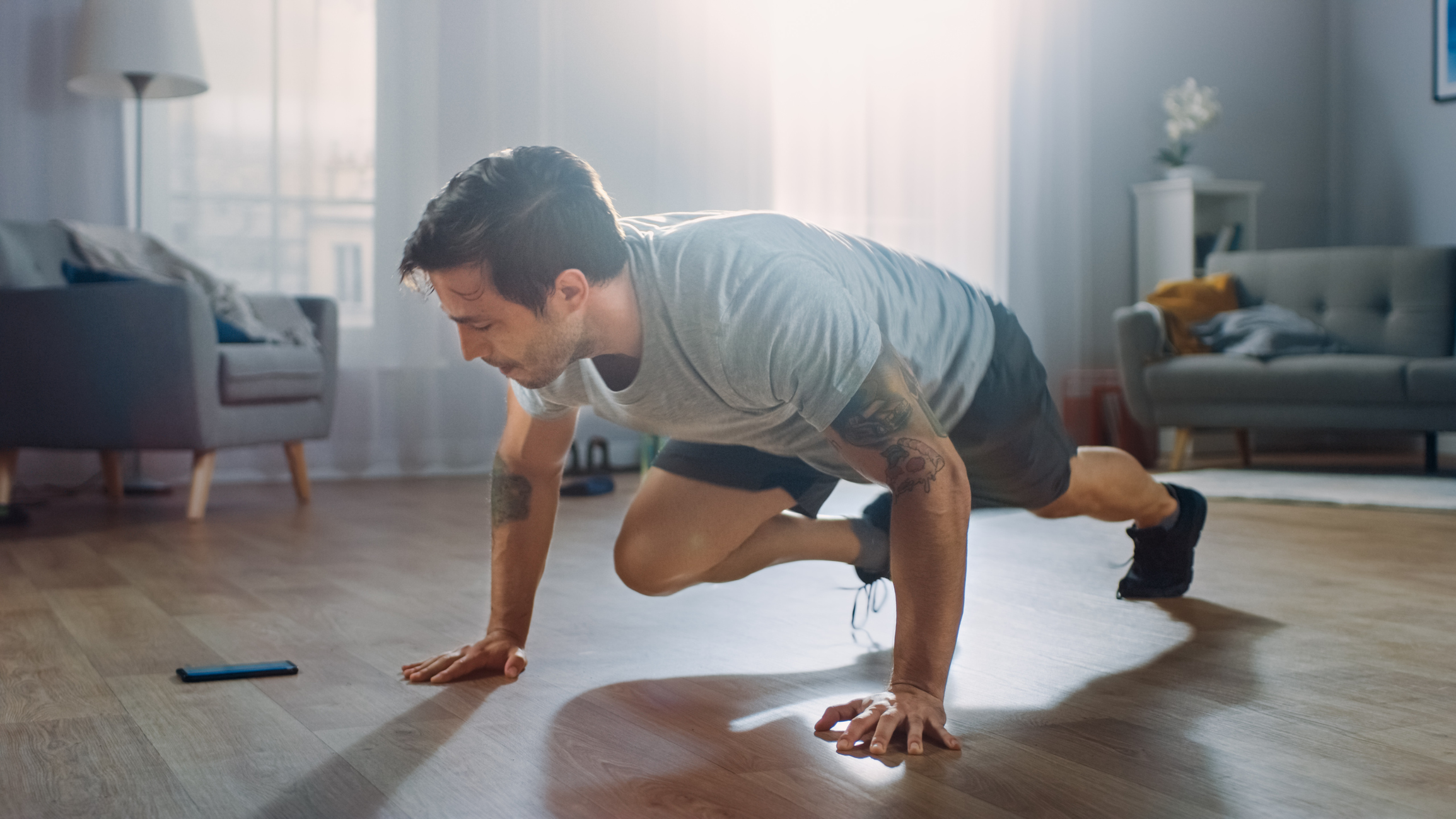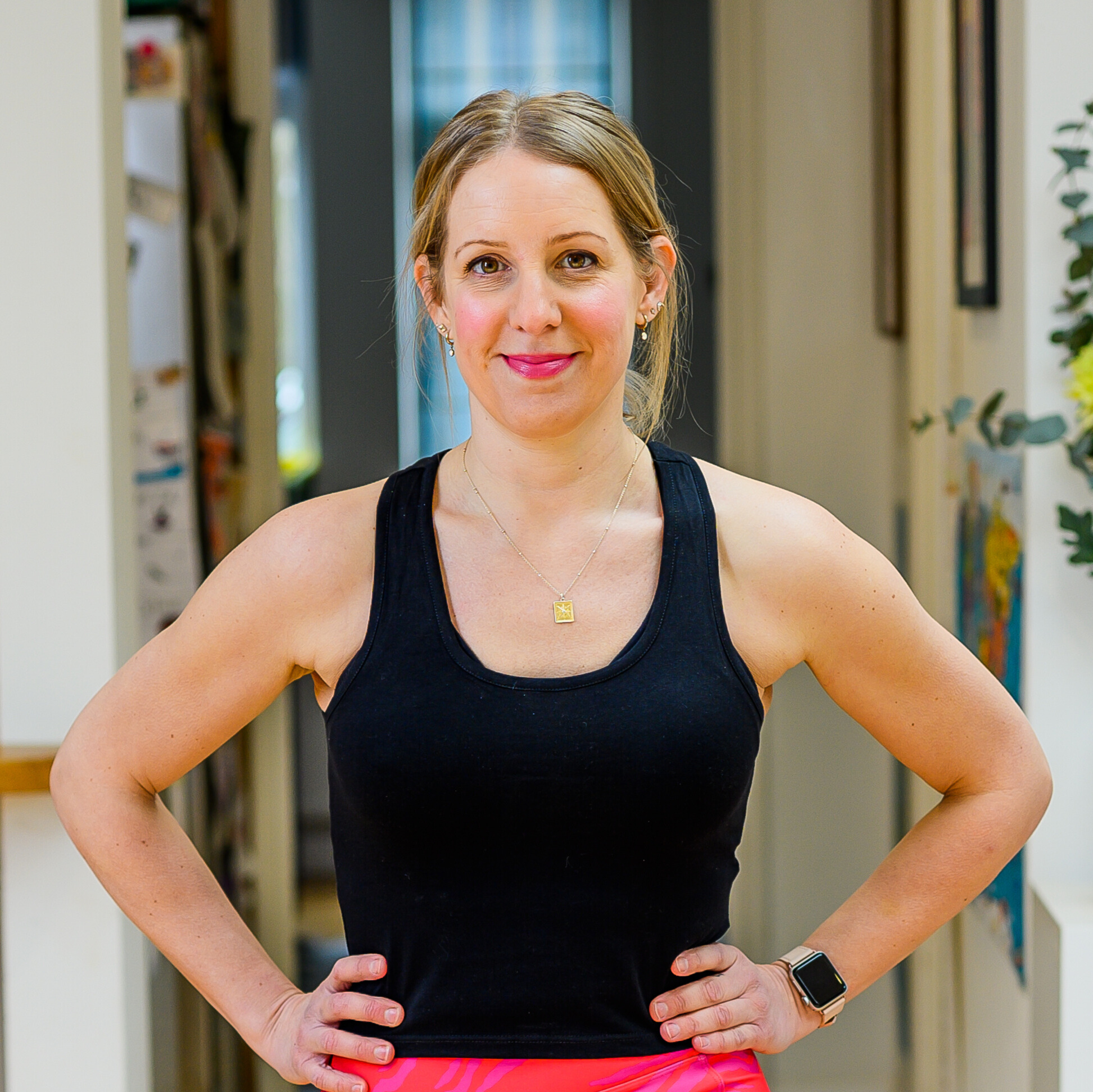You don’t need sit-ups to build core strength. Try these five exercises instead
This five-move routine will strengthen your core, reduce lower-back pain and improve posture


If you want to build core strength, you don’t need to spend hours doing sit-ups. You can strengthen your core in less than 20 minutes with just five moves and a dumbbell.
I'm a personal trainer but—like most people—I don't enjoy pumping out endless sit-ups. So I pulled together this quick list of alternative moves that you can do.
They are all compound exercises, which means you'll work multiple muscle groups and joints at the same time as strengthening your core.
Signature Fitness Rubber Encased Hex Dumbbell 10lb Pair: was $93.99, now $29.99 at Amazon
Save $64 Need a new set of dumbbells to make your core workout more challenging? Try these hex-shaped, rubber-coated ones from Signature Fitness. They're currently discounted, thanks to the Black Friday weights sales.
Watch Maddy Biddulph’s core strength workout
A post shared by Personal trainer Oxford (Maddy Biddulph) (@maddybiddulphpt)
A photo posted by on
How to do the workout
- Slow mountain climbers - 3x40 seconds
- Z-shape front raise - 3x40 seconds
- Overhead twist - 3x40 seconds
- Weighted bicycle crunch - 3x40 seconds
- Round the world - 3x40 seconds
All you need for this workout is a mat, a single dumbbell—make sure it’s a challenging weight for you—and some water. Don’t forget to spend five minutes warming up and the same amount of time cooling down after the main workout.
Do each exercise for 40 seconds, with 20 seconds rest in between. Repeat three times for a full circuit that takes just over 19 minutes (not including a warm up or cool down).
If you’re new to exercise you can reduce the exercise time to 30 seconds, and increase the rest time to 30 seconds, too. As you get stronger move to 40/20s rounds.
The exercises
1. Slow mountain climbers
- Start in a plank position. Your shoulders, hips and legs should all be in a straight line.
- Slowly, with control, bring one knee in towards your upper body, then return it to its original position. Repeat on the opposite leg.
Form tip: Stack your shoulders over wrists so that you’re not putting unnecessary strain on the wrists by having them too far forward or back.
Start your week with achievable workout ideas, health tips and wellbeing advice in your inbox.
2. Z-shape front raise
- Grab a dumbbell with both hands and assume a kneeling position. Lean back slightly, so that your body is at roughly a 45-degree angle from the floor.
- With straight arms, bring the dumbbell up and overhead, then bring it all the way down so it touches your legs.
Form tip: Lean back only as far as feels comfortable and tuck your toes under your feet to avoid getting cramp.
3. Overhead twists
- Grab your dumbbell and sit on the floor, with your legs out in front of you. Bend your knees and hover your feet off the floor so that you're balancing on your bum.
- Holding the the dumbbell close to your stomach, twist to the side and let the weight dip towards the floor.
- Return to the central position. Push the dumbbell up and overhead, then bring it back down to your stomach again.
- Twist the dumbbell to the other side, then return to the central position and bring the weight up overhead again.
Form tip: Brace the core and allow your gaze to follow the direction of the weight. If it gets too much for your core with your feet off the floor, put them down.
4. Weighted bicycle crunch
- Grab your dumbbell and lie on your back. Bring the dumbbell up towards the ceiling, lift your head slightly and hover your legs off the floor.
- Bring one leg in towards your chest, then return it to the original position and bring the other leg in towards your chest. Continue repeating this movement and holding the dumbbell steady.
Form tip: Having your head and shoulders off the floor can put a strain on your neck, so if it gets uncomfortable, or painful in any way, just drop your head down for a few seconds to reset. Then, bring it back up again. Imagine you have a tennis ball between your chest and chin so that you don’t strain your neck by looking towards your toes. Instead look up at the ceiling, and keep breathing.
5. Round the world
- Start in a kneeling position, with your dumbbell clasped in front of you.
- Without allowing your torso to move, move the dumbbell around your mid-section; bring it behind you with one hand, pass it to the other, then briefly hold it in front of you again before reversing the movement.
Form tip: Don’t hold your breath—and take your time doing the exercises with control and good form.
Why is core strength important?

This kind of workout is excellent because it works all of the core muscles, which are vital for postural control and stability. Whenever we do anything physical, the core muscles get fired up, bracing for support while telling the brain something is about to happen. A weak core means that other muscles take the strain of the movement or exercise, potentially causing lower-back pain or injury.
When you train the core, your lower body will get stronger, too. As well as toning the tummy area, it can help us do basic tasks like carrying groceries or walking up the stairs.
Maddy Biddulph is a journalist specializing in fitness, health and wellbeing content, with 26 years in consumer media working as a writer and editor for some of the bestselling newspapers, magazines and websites in the US and UK, including Marie Claire, The Sunday Times and Women’s Health UK.
She is a CIMPSA-certified PT and works one-on-one with clients, as well as running Circuits Club classes which mixes cardio and strength training and chair-based exercise classes for seniors.

